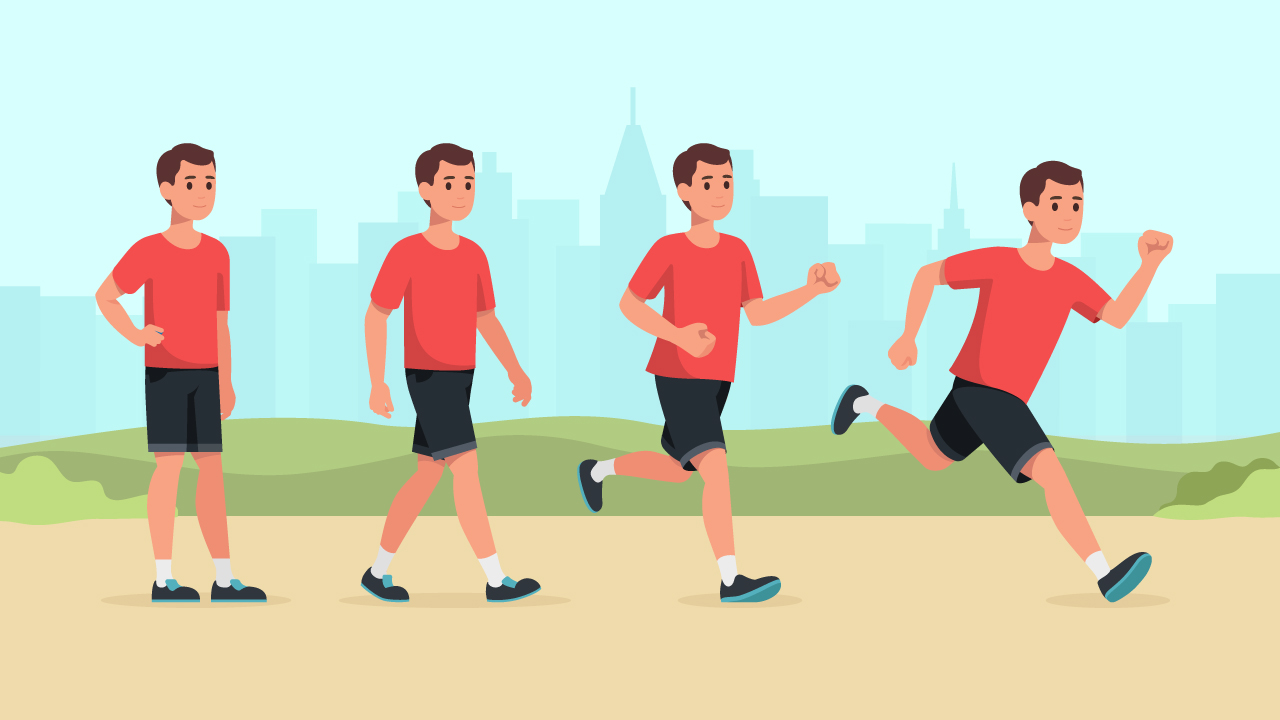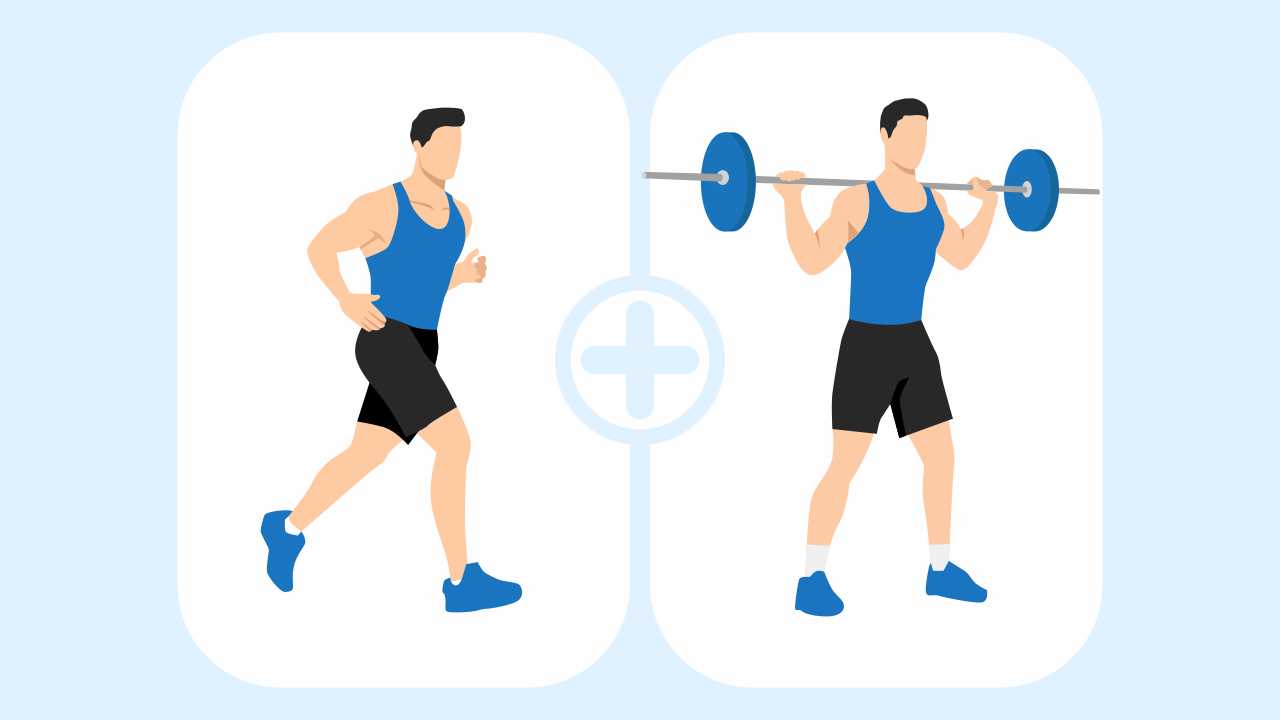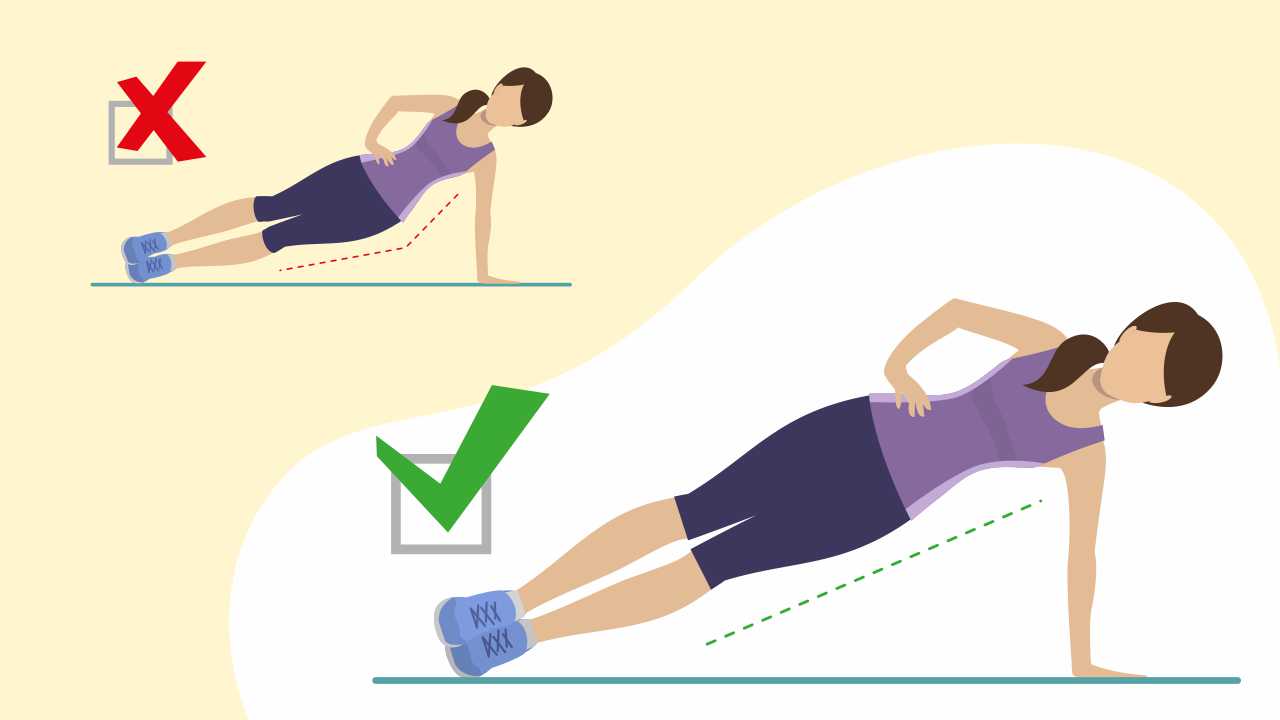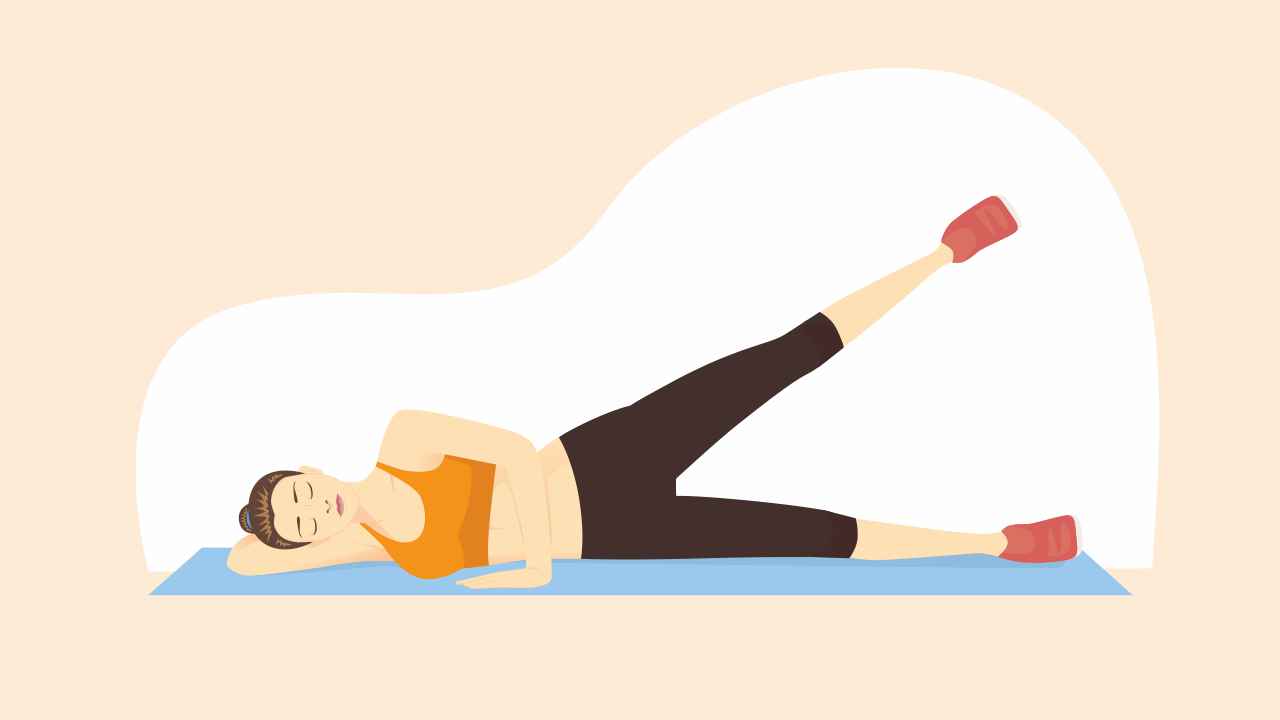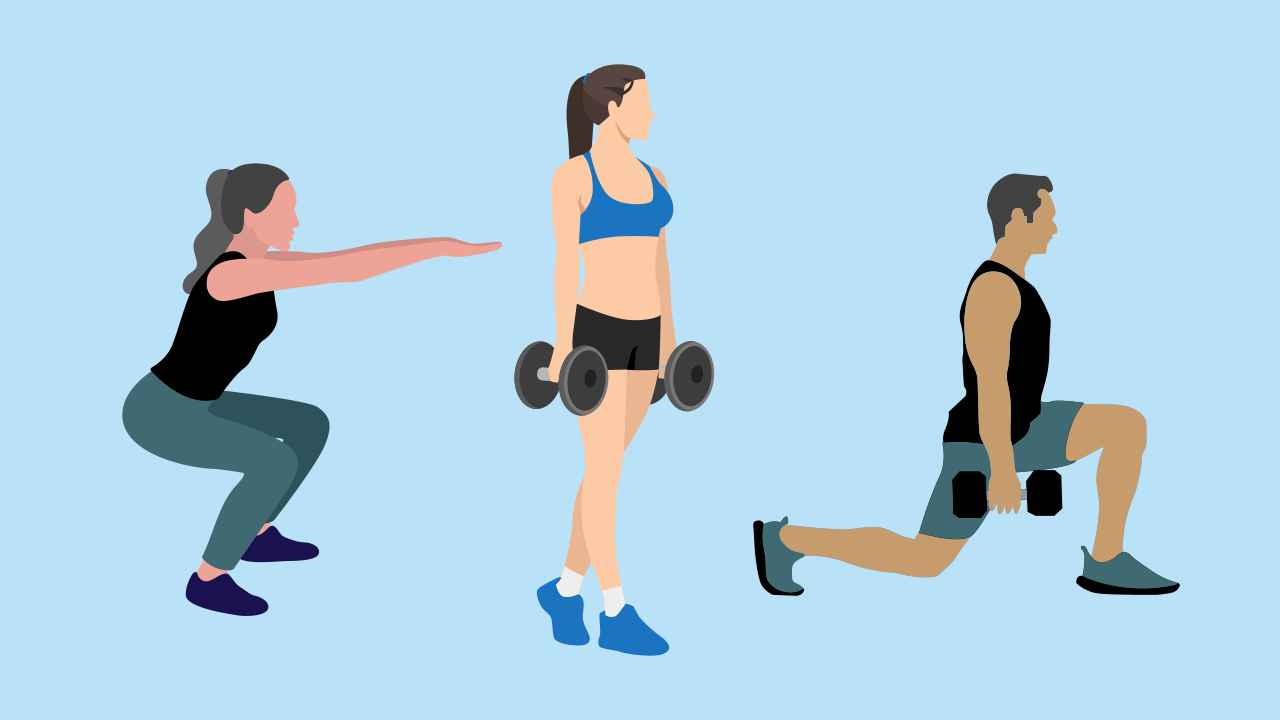
Home Workout: A Beginner’s Guide to Getting Started
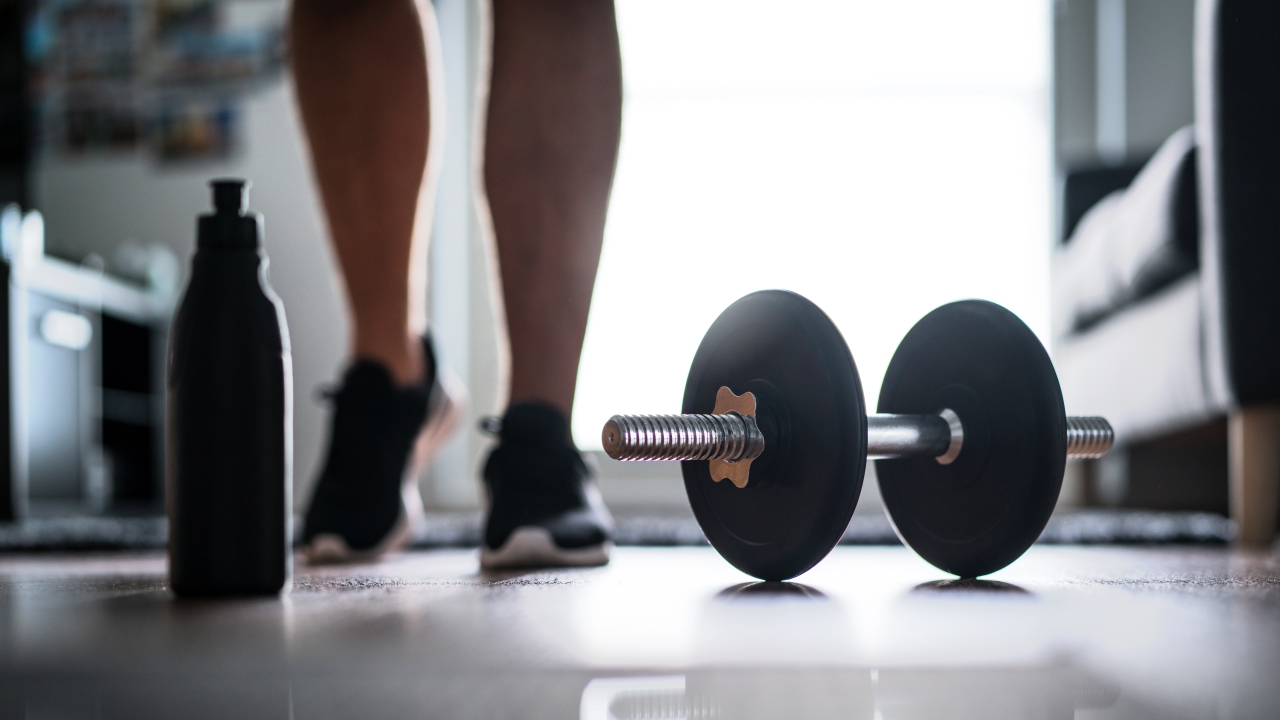
For many of us, the hardest part of exercising is getting started. And if you are going for a home-based workout regime, you might be confused about what equipment to purchase or which exercises to start off with. So, here’s help and some direction. This checklist will help you in your routine for strength training at home for beginners,
Medical clearance
It is always a good idea to get medical clearance before starting an exercise program. Getting a physical examination and/or screening that looks to identify possible cardiac issues is suggested prior to starting the basic strength training for beginners at home. You can also fill out a Physical Activity Readiness Questionnaire (PAR-Q) available online and show it to your doctor to expedite the process.
No equipment needed
Walk into any gym and you’ll likely be astounded by the different types of exercise machines. But you don’t really need any fancy equipment for doing effective strength training exercises at home. If you have a floor and a wall, you’re actually good to go. While there is nothing wrong with having weights, resistance bands, and other equipment at one’s disposal, it is most certainly not a necessity when it comes to a beginner’s workout plan.
Also read: Should You Work Out Every Day?
Start slow and steady
If you are new to exercising, the most important thing is to start slow. The dictum “no pain, no gain” does not hold true in the domain of fitness. It’s common for a first-timer to feel some form of discomfort during the initial days of an exercise program. But it should not be to the extent that they are in pain or can barely move the next day.
So, when you are flagging off an exercise routine, regardless of whether it is cardio or weight-based, start with an easy level and slowly mark your progress.
If it’s been a while since your last session, start working out 3 times a week, with at least one day of rest in between. Increase your workout days/workout duration gradually.
Create habits
Want to know the secret to success in the world of fitness? It’s continuity. It doesn’t matter how fast you run or how much weight you lift; unless you are doing it consistently, you will not get the results you are looking for.
The best way to have continuity is to make strength workouts at home a scheduled part of your day. You must not think of exercise time as optional. Add it to your calendar, just as you would schedule lunch or an important meeting.
Lastly, the best time to work out is in the morning when there is minimal chance of any disruption. However, should you plan to exercise after work, it is ideal to go directly from the office to your workout. If you go home and sit on the couch first, the chances of you actually getting off to go exercise are minimal.
Take the gym outside
Just because you’re exercising at home doesn’t mean that you have to stay inside. In fact, one of the benefits of not being at a gym is that you can go exercise at a park or even your front yard. Once you learn some basic bodyweight exercises, pretty much anywhere can be your gym.
5 exercises for beginners
If you are wondering which exercises to start off with, here’s help. These exercises focus on multiple muscle groups and various movement planes, making them the best at-home strength training exercises at home.
1. Push-ups (standard or modified on your knees)
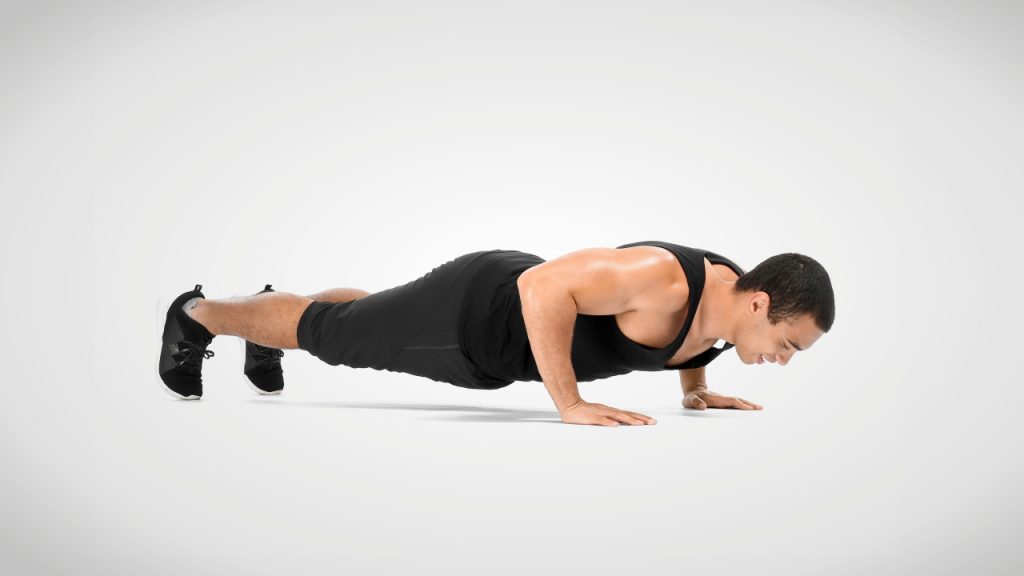
A push-up is a compound exercise that works on your upper body as well as the core. It is an ideal upper body strength workout at home. It engages the muscles in your chest, shoulders, back, abs, triceps, and legs.
2. Jumping jacks

Jumping jacks are a good way to get a total-body workout. It works your muscles as well as your heart and lungs.
3. Bodyweight squats
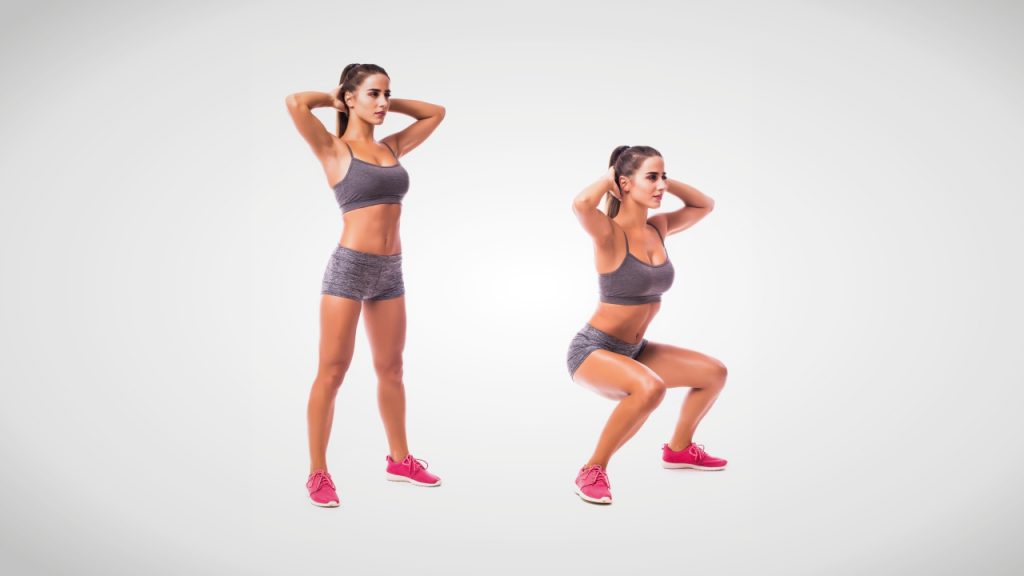
Squats engage muscles in your upper as well as lower body. They are beneficial for strengthening your muscles and improving overall exercise performance. A bodyweight squat is the most basic form of a squat and uses your body weight for resistance.
4. Side-to-side lunges
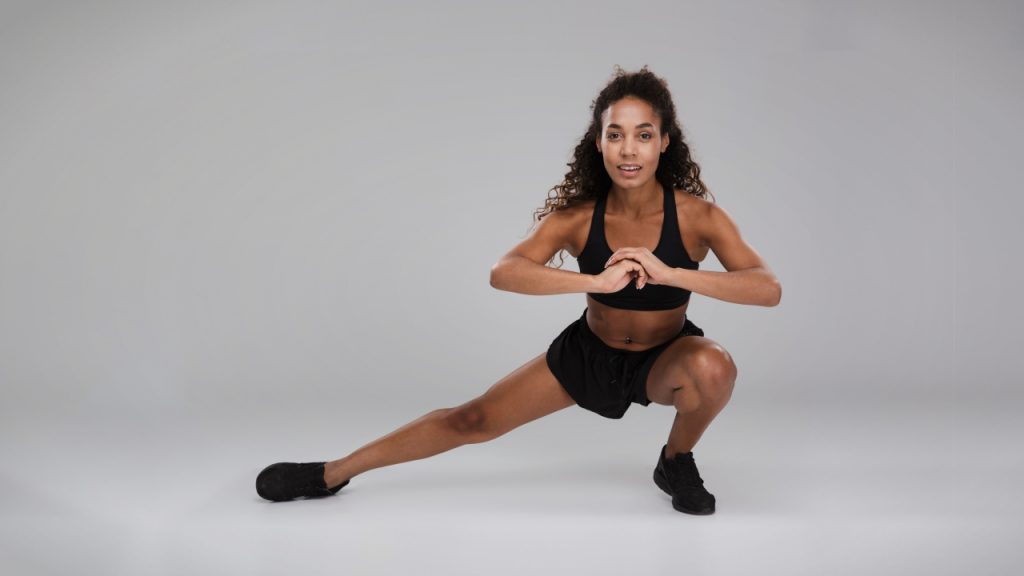
Lunges are effective for strengthening your lower body muscles. There are many variations. However, a lateral or side lunge is particularly good for engaging your inner thigh muscles.
5. Plank
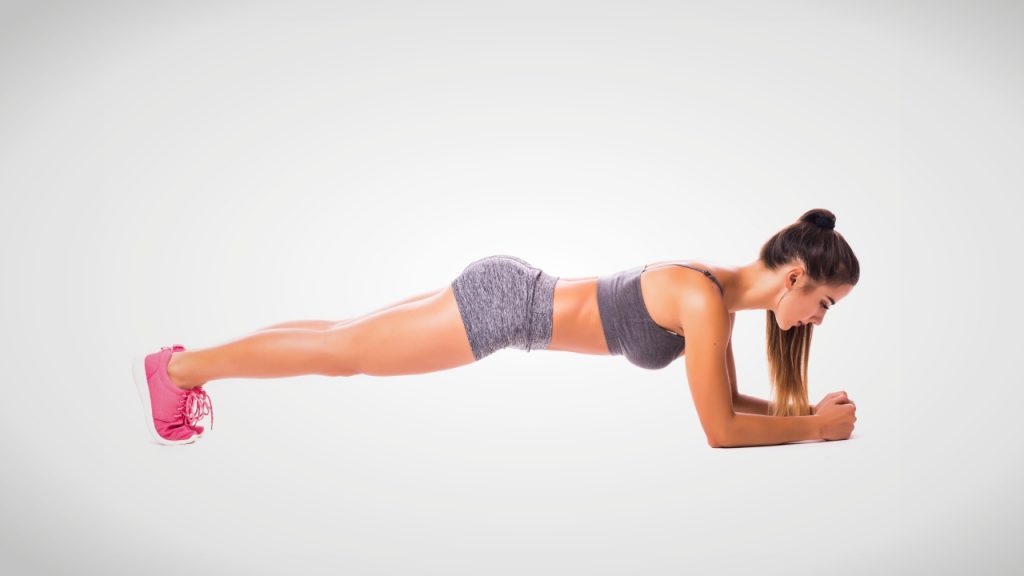
This is a popular exercise to work your core and abdominal muscles. It also engages your pelvis and shoulders. Planks are not only great for muscle strengthening but also to help with stabilization and balancing.
Have fun
Last but not least, your exercise program should be fun, whether you work out at home or go outside. At the very least, you shouldn’t be dreading it. At the end of the day, this is what will keep you coming back for more and reaching your fitness goals.
References
1. Quinn E. How to Do Pushups. Verywell Fit. https://www.verywellfit.com/the-push-up-exercise-3120574 (accessed Feb 15, 2021).
2. Marcin A. Benefits of Jumping Jacks and How to Do Them. Healthline. https://www.healthline.com/health/fitness-exercise/jumping-jacks (accessed Feb 15, 2021).
3. Chertoff J. What Muscles Do Lunges Work? Healthline. 2019; published online on Apr 9. https://www.healthline.com/health/fitness-exercise/lunges-muscles-worked (accessed Feb 15, 2021).
4. Lindberg S. 7 Benefits of Doing Squats and Variations to Try. Healthline. 2019; published online on Sep 11. https://www.healthline.com/health/exercise-fitness/squats-benefits (accessed Feb 15, 2021).
5. Quinn E. How to Do a Plank. Verywell Fit. https://www.verywellfit.com/the-plank-exercise-3120068 (accessed Feb 15, 2021).


